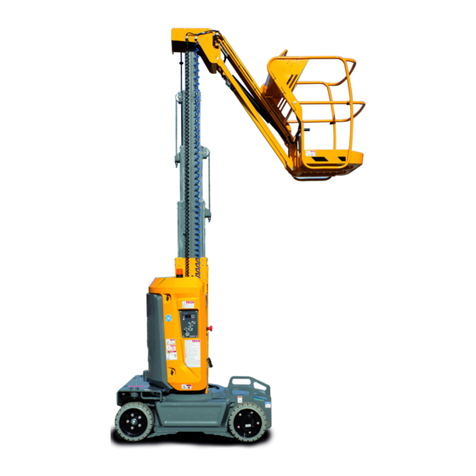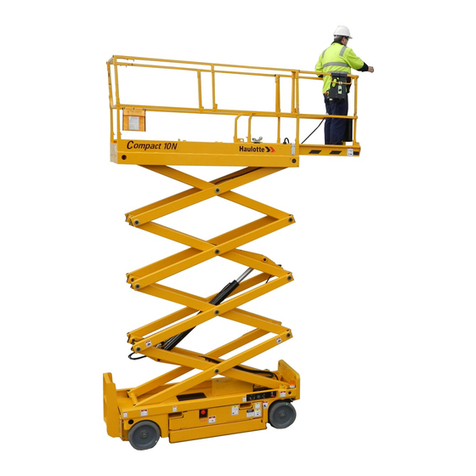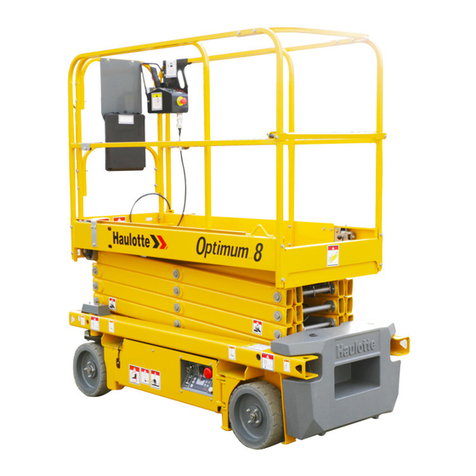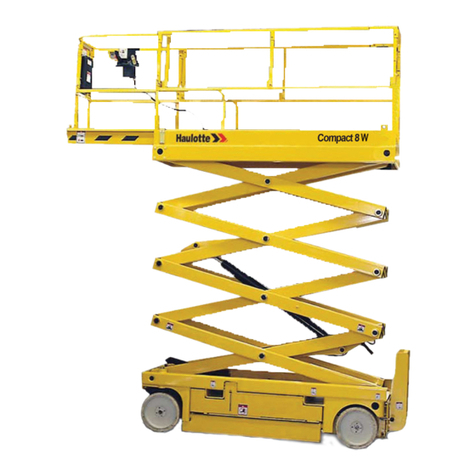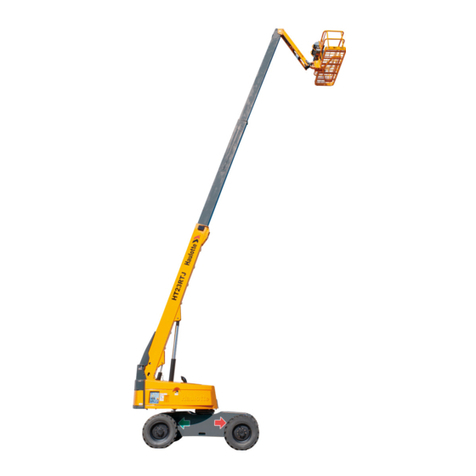
Operation and Maintenance
iv
2.5 - OBSTRUCTIONS.......................................................................................................11
2.5.1 - Obstruction characteristics..................................................................................................... 11
2.6 - LABELS......................................................................................................................12
2.6.1 - "Yellow" Labels....................................................................................................................... 12
2.6.2 - "Orange" labels ..................................................................................................................... 12
2.6.3 - "Red" labels ........................................................................................................................... 13
2.6.4 - Other labels............................................................................................................................ 14
2.6.5 - Optional biodegradable oil...................................................................................................... 14
2.6.6 - Optional 240V plug................................................................................................................. 15
2.6.7 - Machine label references ....................................................................................................... 15
2.6.8 - Positioning of the labels ......................................................................................................... 16
3 - OPERATING PRINCIPLES ........................................................................................17
3.1 - HYDRAULIC SYSTEM...............................................................................................17
3.1.1 - Lateral movement................................................................................................................... 17
3.1.2 - Movements for telescoping, orientation, lifting of the arm and raising of the fly jib ................ 17
3.1.3 - Movements for raising the suspension platform, platform rotation, platform compensation and
direction17
3.1.4 - The telescoping jacks for raising the fly jib, and lifting the arm and suspension platform...... 17
3.1.5 - Platform Compensation.......................................................................................................... 18
3.1.6 - Arm/fly jib compensation linkage............................................................................................ 18
3.1.7 - Lifting chassis and axle extension.......................................................................................... 18
3.2 - ELECTRIC CIRCUIT AND SAFETY MEASURES FOR USE ....................................18
3.2.1 - General information................................................................................................................ 18
3.2.2 - Automatic engine stop............................................................................................................ 18
3.2.3 - Control of the platform load.................................................................................................... 19
3.2.4 - Slope Control.......................................................................................................................... 19
3.2.5 - Lateral movement speed........................................................................................................ 19
3.2.6 - Hour meter ............................................................................................................................. 19
3.2.7 - Equipment Operating Rules ................................................................................................... 19
3.2.8 - Defects ................................................................................................................................... 20
3.2.9 - Range limits............................................................................................................................ 20
3.2.10 - Transport positioning control switch....................................................................................... 20
3.2.11 - HEAD Calculator .................................................................................................................... 21
3.2.12 - Length and angle sensors...................................................................................................... 21
